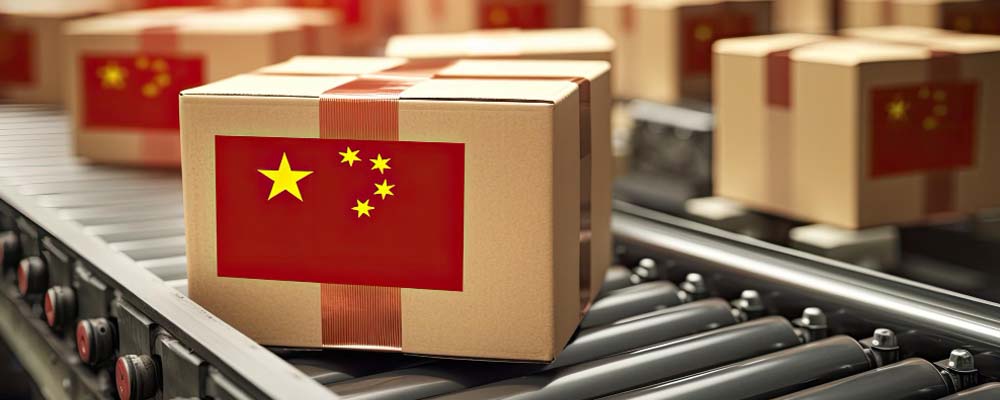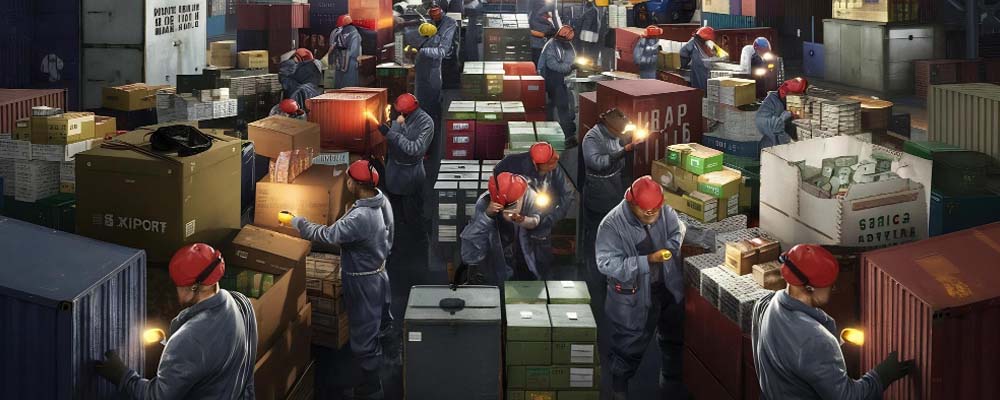
Shipping to China can be a daunting task, given its vast, dynamic market and complex regulatory environment. Mastering the intricacies of this process is crucial for smooth and successful operations. This blog post aims to demystify the complexities of shipping to China, offering insights, practical tips, and essential information to help you streamline your shipping processes. Whether you’re new to the world of international shipping or a seasoned professional, you’ll find valuable takeaways to enhance your understanding and efficiency.
Key Considerations for Shipping to China
Shipping to China involves several key considerations that can significantly impact your operations. It is essential to understand the local market dynamics, cultural nuances, and logistical challenges. One of the primary areas to focus on is the regulatory environment. China’s customs regulations can be intricate and demanding, requiring meticulous documentation and compliance.
Another critical aspect is the selection of a reliable shipping partner. Partnering with an experienced freight forwarder can help you navigate the complexities of shipping to China. They can provide valuable insights into the best shipping routes, optimal packaging methods, and cost-effective solutions.
Lastly, staying informed about the latest trends and developments in the Chinese market can give you a competitive edge. Regularly monitoring changes in regulations, consumer preferences, and industry practices can help you adapt and thrive in this dynamic market.
Rules for Packaging Your Parcel
Proper packaging is crucial when shipping to China. It not only ensures the safety of your goods but also helps in complying with customs regulations. When packaging your parcel, it is essential to use high-quality materials that can withstand the rigors of international shipping. Reinforced boxes, bubble wrap, and packing peanuts are excellent choices for protecting fragile items.
Labeling your parcels correctly is another crucial step. Ensure that all labels are clear, legible, and include all necessary information, such as the contents of the package, destination address, and any special handling instructions. Proper labeling can help prevent delays and ensure smooth customs clearance.
Additionally, it is vital to be aware of China’s packaging regulations. Some products may require specific packaging materials or methods to comply with local laws. Consulting with your shipping partner or doing thorough research can help you stay compliant and avoid potential issues.
Products That Cannot Be Exported to China
Understanding the restrictions on products that cannot be exported to China is essential for avoiding legal complications and ensuring a smooth shipping process. Certain items are prohibited from entering the country, including:
Counterfeit Goods
- China has stringent laws against the importation of fake products.
- Violators can face severe penalties.
- Ensure all items shipped are genuine and comply with intellectual property laws.
Hazardous Materials
- Includes explosives, corrosive substances, and flammable liquids.
- These items pose significant safety risks and are subject to strict regulations.
- Check the classification of your products to ensure they do not fall under the category of hazardous materials.
Products That Do Not Meet Safety and Quality Standards
- China has specific standards for product safety and quality.
- Items that do not meet these standards may be rejected by customs authorities.
- Conduct thorough quality checks and ensure compliance with relevant regulations to prevent issues and ensure successful shipping.
Costs of Shipping to China
Shipping costs to China can vary based on several factors, including the weight and dimensions of your parcel, the shipping method, and the destination within China. It is essential to understand these factors to estimate your shipping costs accurately.
The weight and dimensions of your parcel play a significant role in determining shipping costs. Heavier and larger parcels generally incur higher shipping fees. It is crucial to optimize your packaging to minimize weight and dimensions without compromising the safety of your goods.
The shipping method you choose also impacts the cost. Air freight is faster but more expensive, while sea freight is more affordable but takes longer. Choosing the right shipping method based on your budget and delivery timeline can help you manage costs effectively.
Lastly, the destination within China can influence shipping costs. Shipping to major cities like Beijing, Shanghai, or Guangzhou may be more cost-effective compared to remote or less accessible areas. Working with a knowledgeable shipping partner can help you identify the most cost-efficient routes and methods.
How Long Does It Take to Get to China?
 Shipping times to China can vary depending on the shipping method and the origin country. Air freight is the fastest option, with delivery times ranging from 3 to 7 days. This method is ideal for urgent shipments or high-value items that require quick delivery.
Shipping times to China can vary depending on the shipping method and the origin country. Air freight is the fastest option, with delivery times ranging from 3 to 7 days. This method is ideal for urgent shipments or high-value items that require quick delivery.
Sea freight, on the other hand, takes longer but is more cost-effective for larger shipments. The delivery time for sea freight can range from 20 to 45 days, depending on the shipping route and any potential delays at ports. This method is suitable for bulk shipments or items that are not time-sensitive.
It is essential to consider the customs clearance process when estimating delivery times. Customs procedures in China can add to the overall shipping time, especially if there are any issues with documentation or compliance. Planning for potential delays and working with an experienced shipping partner can help ensure timely delivery.
Customs Regulations in China
Navigating customs regulations in China is crucial for successful shipping. China’s customs authorities have strict requirements for documentation, labeling, and compliance with local laws. Ensuring that all necessary documents are accurately completed and submitted is essential for smooth customs clearance.
Key documents required for customs clearance include the commercial invoice, packing list, bill of lading, and any relevant permits or certifications. It is essential to provide detailed and accurate information on these documents to avoid delays or rejections by customs authorities.
Labeling your packages correctly is also critical. Ensure that all labels include the required information, such as the contents of the package, destination address, and any special handling instructions. Proper labeling can help prevent issues during customs inspections and ensure smooth clearance.
Compliance with local laws and regulations is non-negotiable. This includes adhering to product safety and quality standards, intellectual property laws, and any specific packaging requirements. Consulting with experts or working with a knowledgeable shipping partner can help you stay compliant and avoid potential issues.
Chinese Holidays to Keep in Mind
When planning your shipments to China, it is essential to consider Chinese holidays, as they can impact delivery times and customs clearance. Major holidays, such as Chinese New Year, National Day, and Mid-Autumn Festival, often result in extended closures of businesses and government offices.
Chinese New Year, typically celebrated in late January or early February, is one of the most significant holidays in China. Many businesses close for up to two weeks, and shipping and customs operations may be halted during this period. Planning your shipments well in advance can help avoid delays.
National Day, celebrated on October 1st, marks the founding of the People’s Republic of China. The holiday period, known as the “Golden Week,” lasts for seven days, during which businesses and government offices may be closed. It is essential to consider this holiday when scheduling shipments.
The Mid-Autumn Festival, usually occurring in September or October, is another important holiday. While the closure period is shorter, it is still advisable to plan your shipments around this holiday to avoid potential delays.
Conclusion
Shipping to China requires careful planning, attention to detail, and a thorough understanding of the regulatory environment. By following the guidelines outlined in this blog post, you can streamline your shipping processes, ensure compliance with local laws, and deliver your products successfully.
Partnering with experienced freight forwarders can further enhance your shipping experience. Pangea offers expert guidance, reliable shipping solutions, and comprehensive support to help you navigate the complexities of shipping to China seamlessly. Pangea is here to assist you every step of the way.
Get in touch with Pangea today and discover how we can help you ship to China smoothly and efficiently. Your success is our priority.










